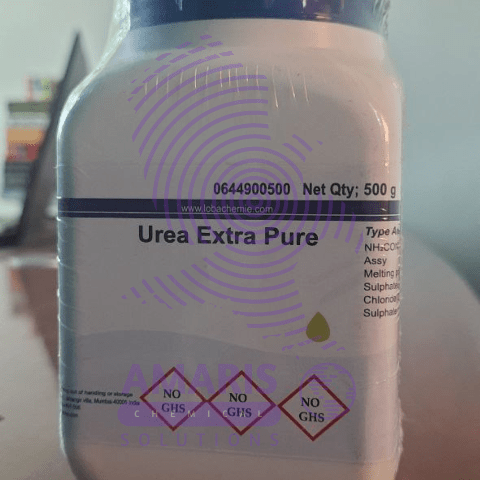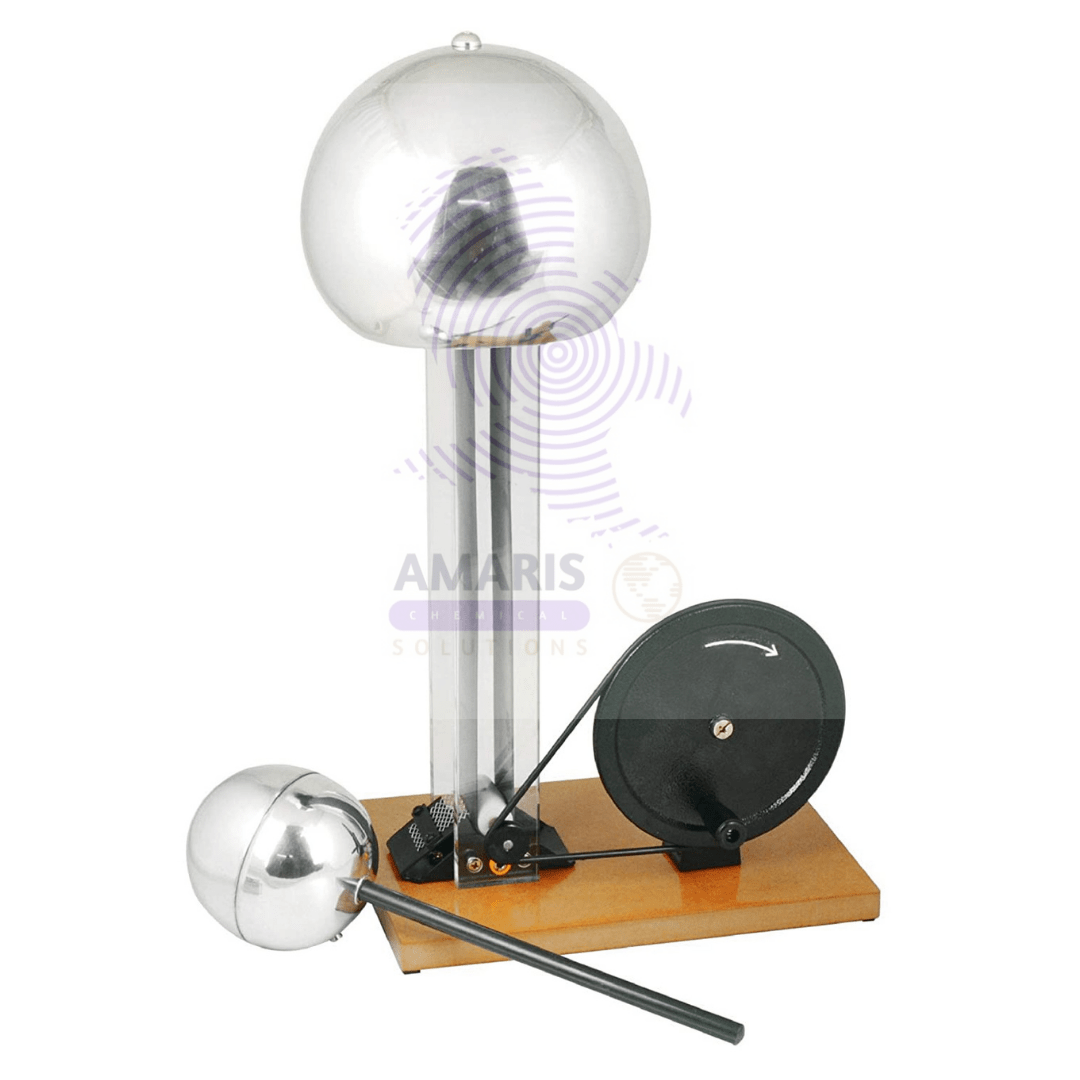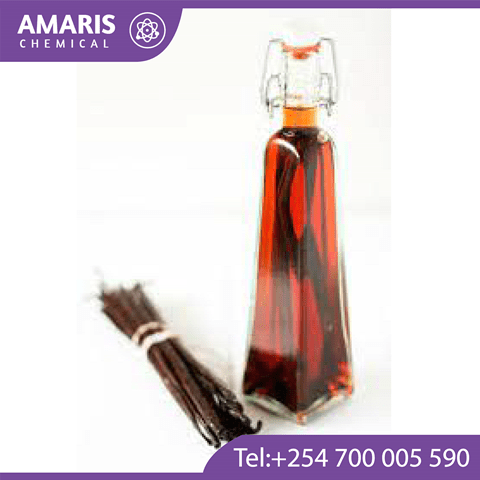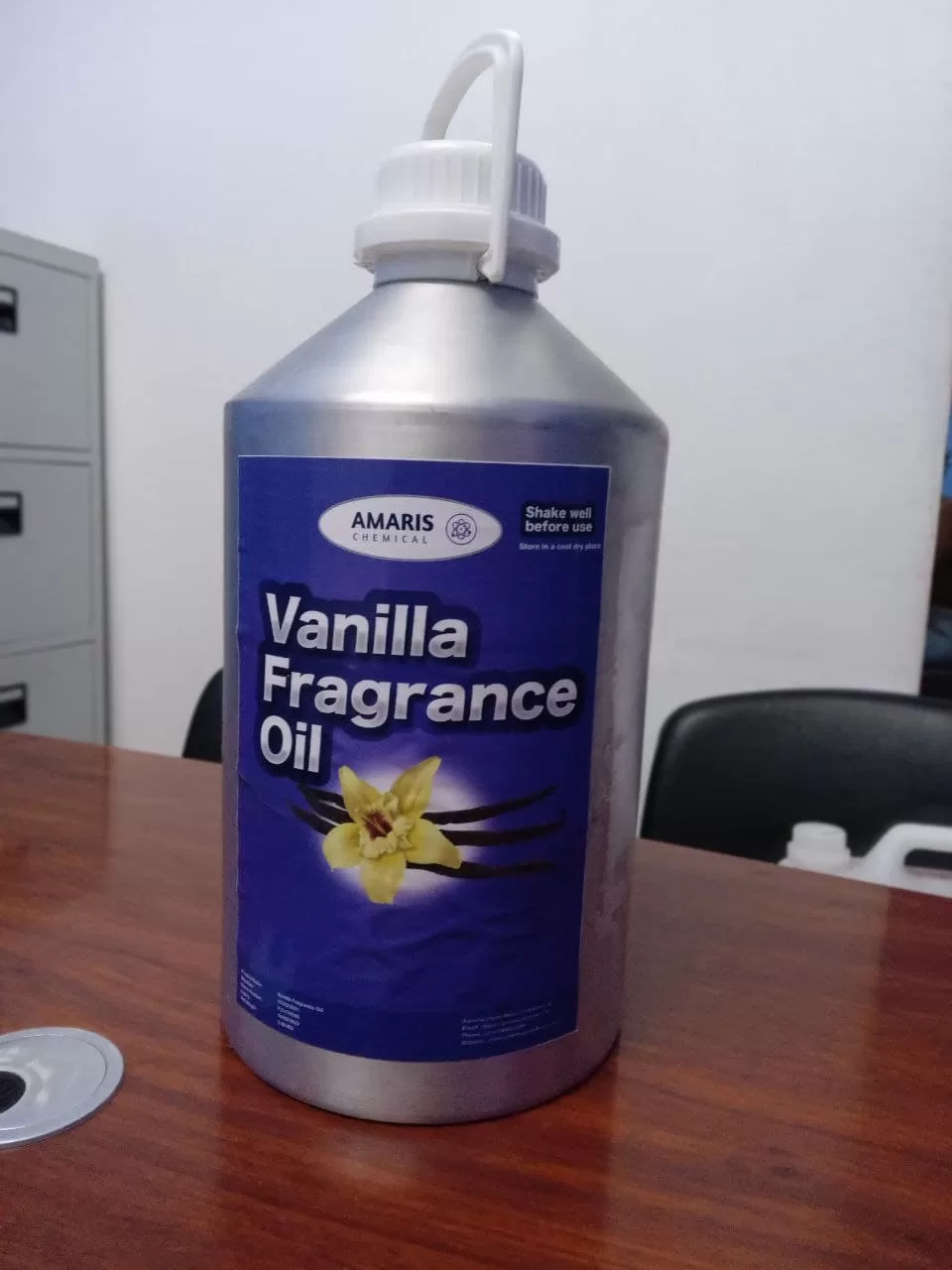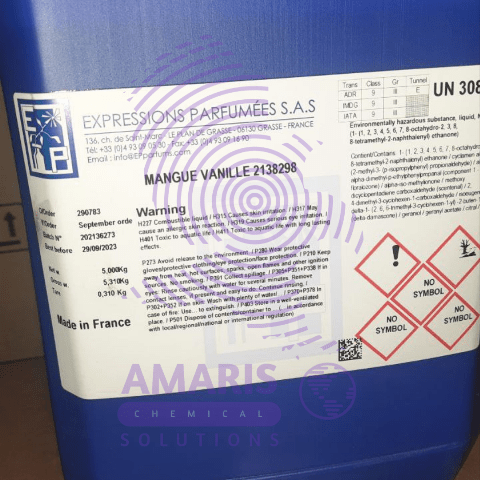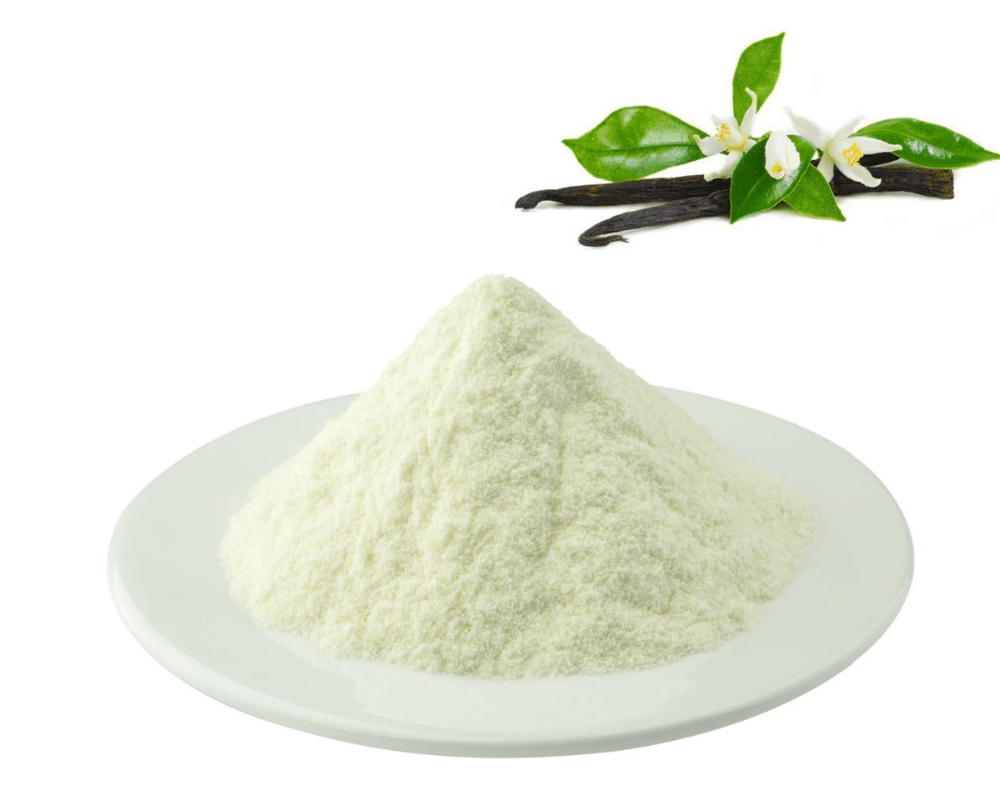Urea 50 kg
Urea is an organic compound with the chemical formula CO(NH2)2. It is a crystalline substance that is highly soluble in water. Urea is produced naturally in the bodies of mammals as a byproduct of protein metabolism and is excreted in urine. It is also synthetically produced on a large scale for various industrial applications.
In simple terms, urea is a nitrogenous compound that contains two amine groups (-NH2) attached to a carbonyl group (C=O). It plays a crucial role in the nitrogen cycle, serving as a primary vehicle for the excretion of nitrogenous waste in mammals. Urea is commonly used as a fertilizer in agriculture due to its high nitrogen content, and it is also utilized in the production of plastics, resins, adhesives, and various other industrial applications.
Urea 500gm
Urea is an organic compound with the chemical formula CO(NH₂)₂. It is a colorless, odorless solid, highly soluble in water, and practically non-toxic. Here are some key points about urea:
Chemical Properties:
- Formula: CO(NH₂)₂
- Molecular Weight: 60.06 g/mol
- Structure: Urea consists of two amine groups (-NH₂) attached to a carbonyl group (C=O).
Production:
Urea is primarily produced via the Haber-Bosch process, which synthesizes ammonia from nitrogen and hydrogen. The ammonia is then combined with carbon dioxide to form urea: 2NH3+CO2→CO(NH2)2+H2O2 text{NH}_3 + text{CO}_2 rightarrow text{CO(NH}_2text{)}_2 + text{H}_2text{O}2NH3+CO2→CO(NH2)2+H2OVacuum and air pressure pump combined
Combining a vacuum pump with an air pressure pump in a laboratory setting can offer versatile control over atmospheric conditions within experimental setups. Here's how they can be used together:
- Vacuum Pump: A vacuum pump removes air or gas molecules from a sealed chamber, creating a vacuum or low-pressure environment. This is useful for various laboratory applications such as:
- Removing air from containers or chambers to create a vacuum for experiments involving gases or vacuum-distillation techniques.
- Evacuating air from reaction vessels to prevent unwanted reactions with oxygen or moisture.
- Facilitating the transfer of liquids through vacuum filtration systems.
- Assisting in the operation of vacuum ovens or freeze dryers for sample preparation or preservation.
- Air Pressure Pump: An air pressure pump, also known as a compressor, increases the pressure of air or gas within a system. In a laboratory, it can be employed for tasks like:
- Supplying compressed air for pneumatic equipment or instruments requiring air-driven operation.
- Pressurizing reaction vessels or chambers for experiments requiring elevated pressures, such as high-pressure chemical synthesis or hydrothermal reactions.
- Generating pressure differentials for applications like air-powered suction or sample manipulation.
- Facilitating gas exchange in bioreactors or fermenters used for cell culture or microbial growth.
- In materials science, they might be used to manipulate the environment during thin-film deposition processes.
- In chemistry, they could be employed for vacuum distillation followed by pressurized reactions.
- In biology, they might facilitate the controlled atmosphere required for tissue culture or cell incubation experiments.
Van de generator manual
Van de graaf generator electrical
Van de Graaff generators are fascinating pieces of equipment commonly used in physics laboratories and educational settings to demonstrate principles of electrostatics. Here's how they work and some of their uses:
How Van de Graaff Generators Work:
- Charge Accumulation: The generator consists of a large, hollow metal sphere mounted on top of an insulated column. Inside the column, there's a moving belt made of insulating material, usually rubber or plastic. This belt is driven by a motor, moving continuously upward.
- Frictional Charging: As the belt moves, it rubs against two rollers or combs at the bottom and top of the column. This friction causes the belt to acquire a large amount of positive charge.
- Charge Transfer: The charge on the belt is carried upwards and transferred to the metal sphere at the top of the column. Since the sphere is conductive, the charge spreads evenly across its surface due to electrostatic repulsion, creating a very high voltage.
- Electric Potential: This process creates a large electric potential between the sphere and the ground, sometimes reaching hundreds of thousands or even millions of volts.












